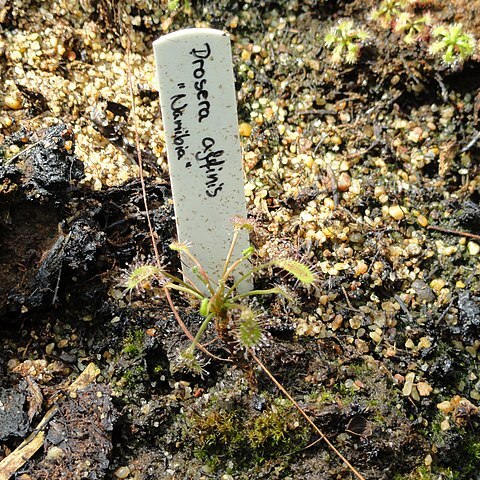Leaves mostly erect, but occasionally on the lower parts of the stem descending; lamina 0·3–3 x 0·2–0·5 cm., narrowly oblanceolate or narrowly oblanceolate-oblong, glandular around the margin of the upper surface, glabrous or sparsely pilose below; stipules 0·3–1·3 cm. long, apex lacerated; petioles 0·5–7 cm. long, very slender, glabrous or very sparsely pilose.
Inflorescence racemose, 3–13-flowered; pedicels 2–10 mm. long, glabrous or sparsely pilose; bracts 3–5 mm. long, linear to elliptic, caducous.
Peduncles 1–4, 8–30 cm. long, arising laterally from the stem, then curving to become erect, canaliculate, glabrous.
Seeds 0·7–0·9 x 0·2 mm., brownish-black, fusiform; testa reticulate with longitudinal and transverse ridges.
Sepals 5, 5–7 x 1·5–2 mm., connate at the base, oblong-lanceolate, pubescent or pilose.
Stem 1–23 cm. long, bearing alternate leaves which are clustered towards the apex.
Ovary subglobose, glabrous; styles 3, 2·5 mm. long, 2-partite to the base.
Petals 5, 5–8 mm. long, white or purple.
Stamens 5, filaments 5 mm. long.
Perennial herb, caulescent.


